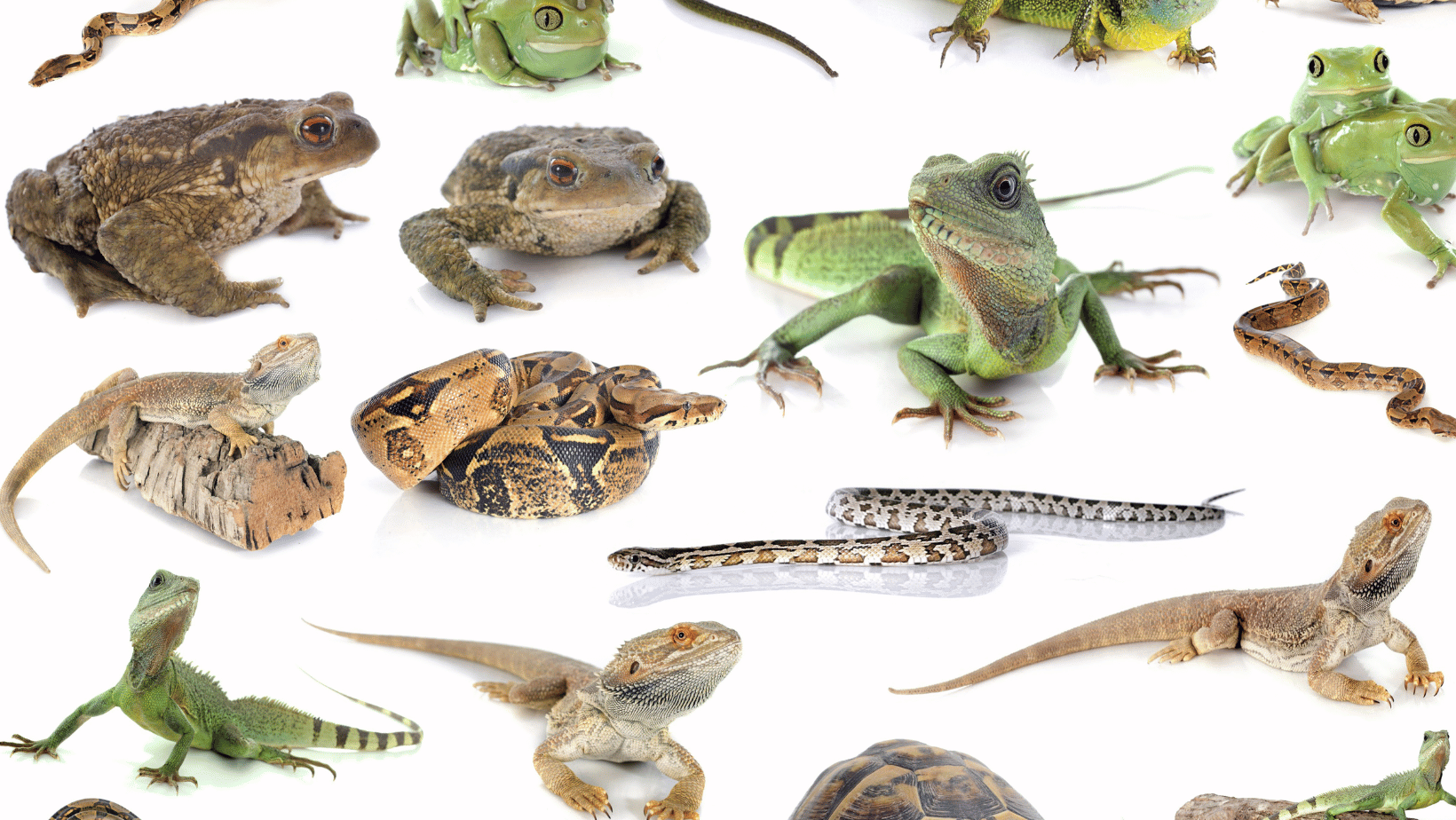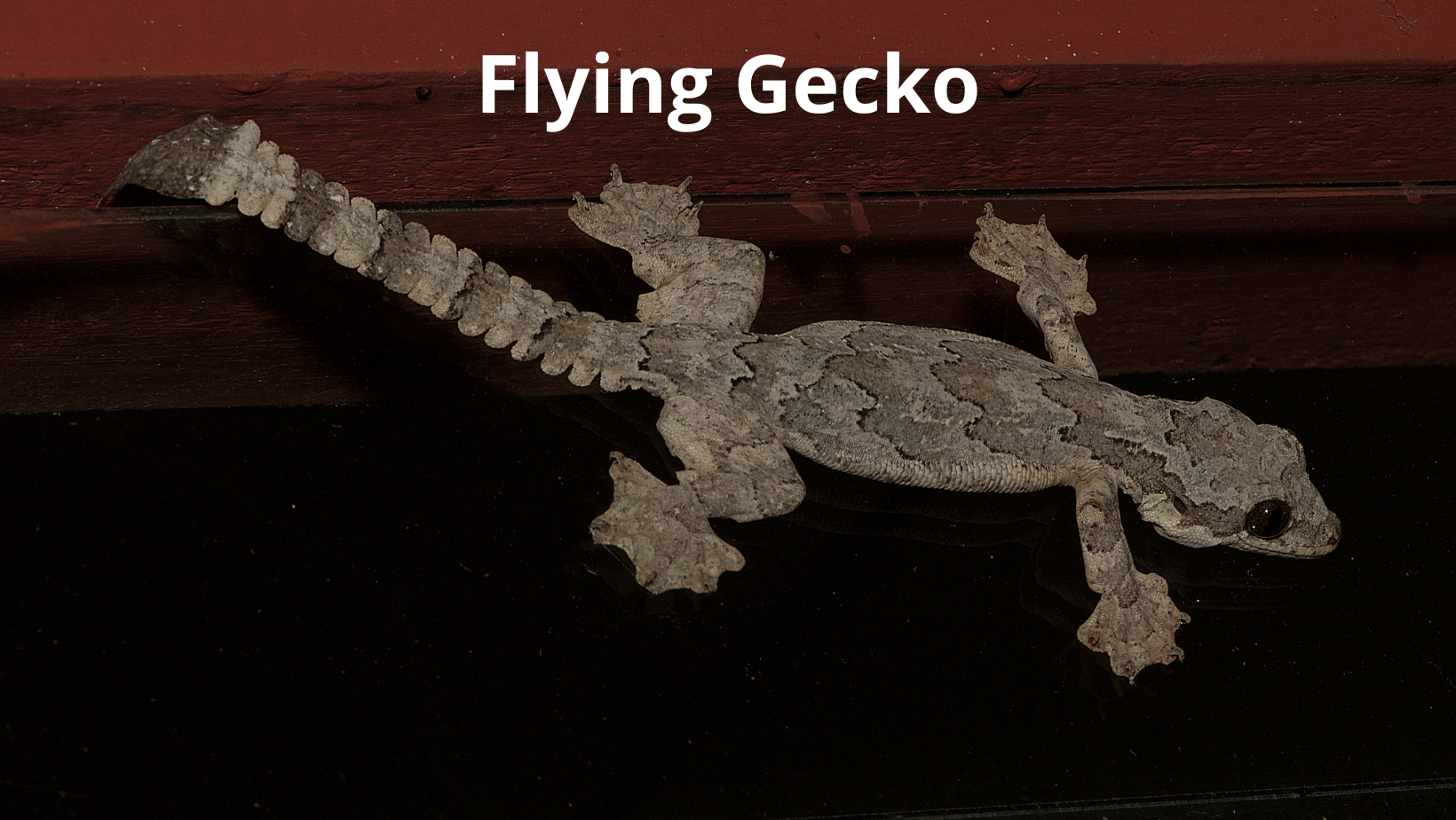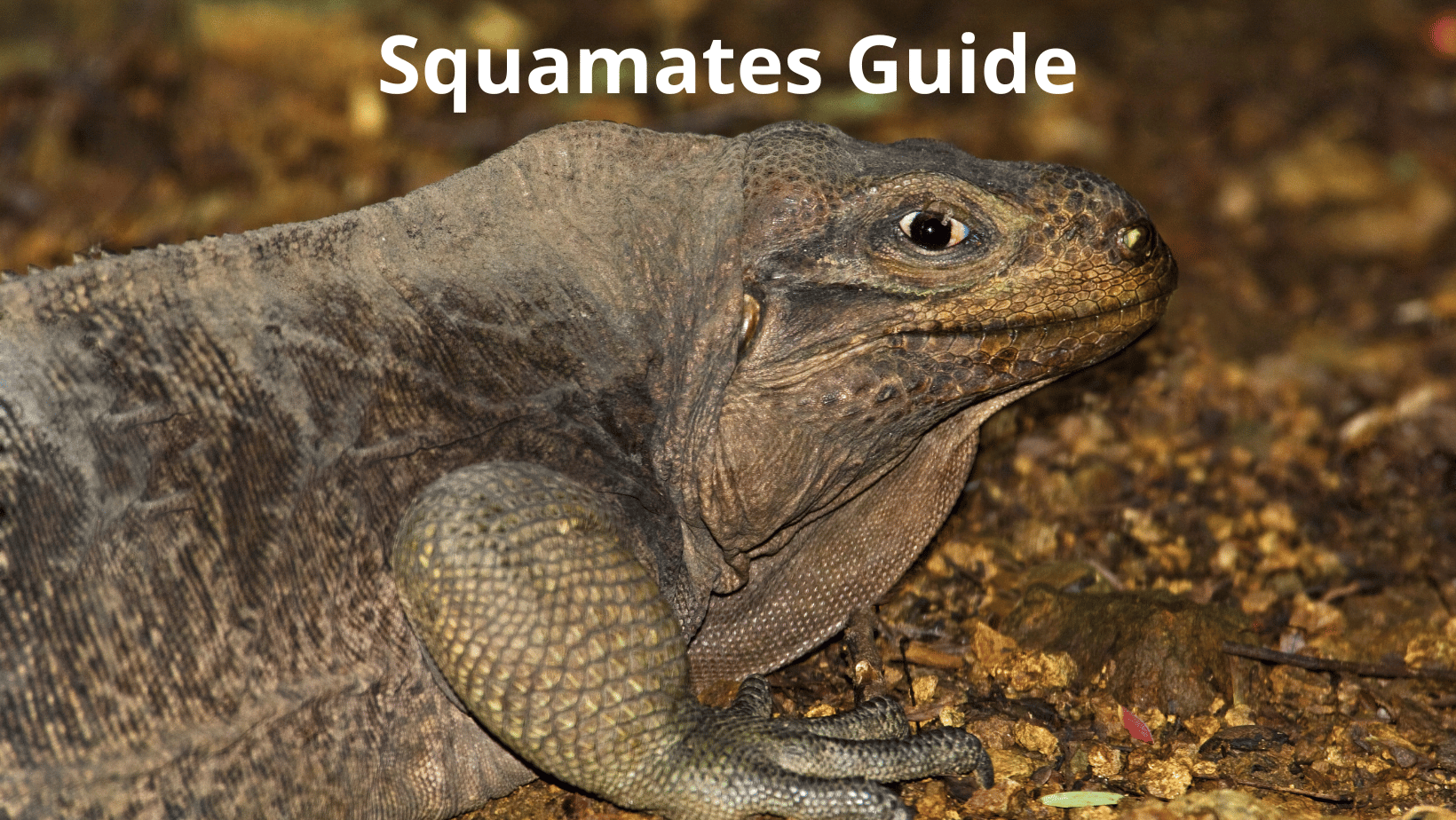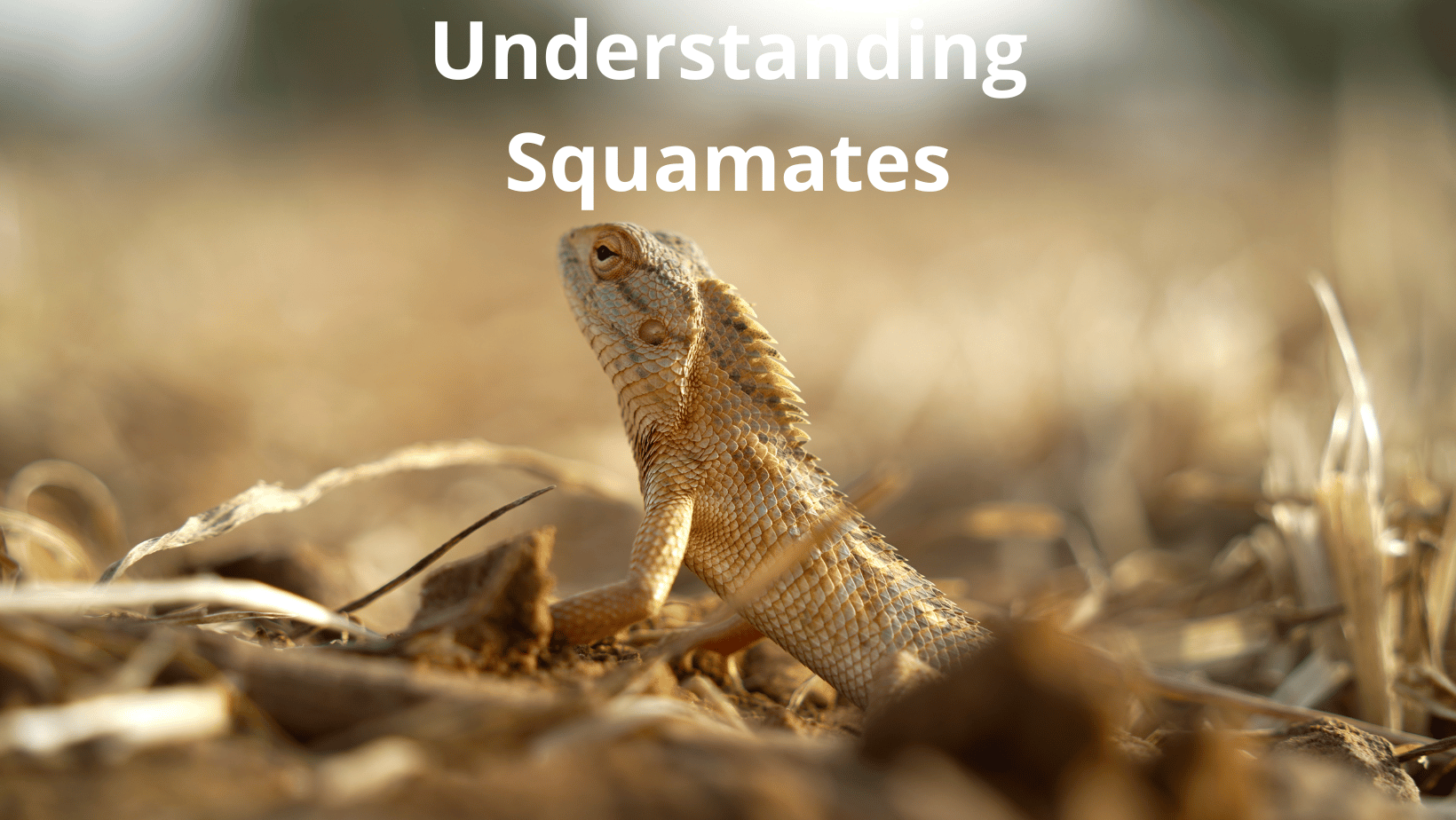Enter the world of reptile classification, where scientific puzzles unfold. From ancient taxonomies to modern genetic insights, we explore the intricate web that defines where reptiles belong. Join us on a journey to uncover the ever-evolving narrative of how these creatures find their place in the grand tapestry of life.
A Historical Journey Through the Classification Maze
Delving into the pages of history, we uncover the intriguing evolution of reptile classification. In the 13th century, the term “reptile” encompassed a curious mix of egg-laying creatures, ranging from serpents and mythical creatures to lizards, assorted amphibians, and even humble worms. Beauvais, in his Mirror of Nature, recorded this medley that stirred the imagination of medieval Europe.
Fast forward to the 18th century, where reptiles shared the limelight with amphibians in the early chapters of classification. Linnaeus, navigating the landscape of species-scarce Sweden, unified reptiles and amphibians under the umbrella of class “III – Amphibia” in his renowned work Systema Naturæ. The terms “reptile” and “amphibian” intermingled fluidly, with the French favoring “reptile,” derived from the Latin word “repere,” meaning ‘to creep.’ J.N. Laurenti took a significant stride by formally introducing the term “Reptilia,” encompassing a broader array of reptiles and amphibians akin to Linnaeus’ perspective. Today, these two categories harmoniously coexist under the encompassing realm of herpetology.
The Dawn of Distinction: Reptiles and Amphibians Part Ways
The 19th century marked a turning point as the distinctions between reptiles and amphibians crystallized. P.A. Latreille’s ingenious establishment of the “Batracia” class in 1825 set the stage, dividing tetrapods into the familiar quartet of reptiles, amphibians, birds, and mammals. T.H. Huxley, in tandem with Richard Owen, propelled Latreille’s vision into the limelight, extending the concept of “Reptilia” to embrace fossil wonders like dinosaurs and the synapsid creature Dicynodon. These prehistoric enigmas were the centerpiece of an alternate classification scheme.
The Kaleidoscope of Classifications: From Sauropsida to Ichthyopsida
Huxley’s intellectual voyage led to a symphony of classifications. The Hunterian lectures of 1863 resounded with the grouping of vertebrates into mammals, sauroids, and ichthyoids, with Sauropsida and Ichthyopsida christened for the latter two. Haeckel, in 1866, unveiled a groundbreaking revelation – vertebrates united through the common thread of the amniotic egg, knitting together reptiles, birds, and mammals.
The terms “Sauropsida” (“lizard faces”) and “Theropsida” (“beast faces”) emerged anew in 1916, as E.S. Goodrich sought to delineate the line between lizards, birds, and their relatives from mammals and their extinct kin. Goodrich’s rationale rested upon heart and blood vessel distinctions and intricate forebrain architecture. Both lineages traced their roots to “Protosauria,” a primal group encompassing early reptiles and amphibian-like ancestors.
A Tapestry of Temporal Fenestrae: Synapsid and Sauropsid Division
The 20th century ushered in the exploration of cranial openings, temporal fenestrae, as a classification guide. Henry Fairfield Osborn’s groundwork flourished through Romer’s Vertebrate Paleontology, birthing four subclasses:
- Anapsida – fenestrae absent – housing cotylosaurs and chelonia (turtles and relatives)
- Synapsida – one low fenestrum – embracing pelycosaurs and therapsids (akin to ‘mammal-like reptiles’)
- Euryapsida – high fenestra above postorbital and squamosal – home to protorosaurs, marine sauropterygians, and ichthyosaurs
- Diapsida – two fenestrae – an eclectic congregation including lizards, snakes, crocodilians, dinosaurs, and pterosaurs
This structural framework invited evolution but also conundrums, as the composition of Euryapsida remained fluid. Ichthyosaurs wavered between independent emergence and inclusion. Though this classification system once reigned, modern researchers find it impractical due to the ever-changing anapsid condition among disparate groups.
Unlocking the Riddle: A Dynamic Quest Continues
The classification of reptiles forms a captivating narrative of scientific exploration, where historical accounts merge with modern revelations. From the medieval tapestry of creatures to the nuanced distinctions of Sauropsida and Synapsida, the classification of reptiles is a vibrant tapestry continually woven by the threads of discovery.
Tracing Evolution’s Tapestry: Modern Insights into Reptile Classification
Embracing Phylogenetics: A Shift towards Cladistic Taxonomy
As the 21st century dawned, a transformative shift began to shape the realm of vertebrate paleontology through the adoption of phylogenetic taxonomy. This approach demands that all groups be defined as monophyletic – embracing all descendants of a shared ancestor. A pivotal realization emerged: the historically recognized reptiles were paraphyletic, failing to encompass both birds and mammals. Surprisingly, birds, closely allied with crocodilians, emerged as more related to their reptilian cousins than to the rest of the living reptiles. This intricate web of connections unveiled the complex journey of evolution.
Reimagining Reptilia: A Paradox of Definition
Traditionally, the class Reptilia seemed straightforward, yet it lacked the purity of a true clade. Unlike mammals and birds, which form clades recognized by all, Reptilia was a mere segment within the grand clade of Amniota. It represented the remnant once mammals and birds were segregated. The intricacies of its definition rested on both its attributes and omissions – reptiles were essentially the amniotes devoid of fur or feathers. However, such a criterion lacks the precision of defining clades by shared unique characteristics (synapomorphies). Consequently, the coined phrase “non-avian, non-mammalian amniotes” entered the discourse.
Sauropsida’s Unfulfilled Destiny
Amidst the proposed solutions, the term Sauropsida emerged as a beacon of hope. It encompassed both reptiles and birds, creating a monophyletic unity that seemed promising. Yet, the adoption of this term remained inconsistent, leaving an enigma to solve.
The Evolution of Definitions: A Quest for Precision
In 1988, Jacques Gauthier advanced a definition for Reptilia in a quest for clarity – a monophyletic node-based crown group that encapsulated turtles, lizards, snakes, crocodilians, and birds, along with their common ancestor and all descendants. While Gauthier’s notion was on the right track, uncertainties persisted. The understanding of turtles’ relationship with other reptiles remained hazy.
The landscape saw changes and reconfigurations. The boundary between reptiles and non-reptiles, specifically synapsids, began to reshape. Even the classification of turtles underwent transformation, finding a place amidst the diapsids. Variations of definitions were proposed, each attempting to distill the essence of Reptilia.
A Promising Proposition: Modesto and Anderson’s Definition
In 2004, Modesto and Anderson made strides in the realm of definitions. Acknowledging the need for a stable yet modern concept, they unveiled a novel approach. Their definition linked Reptilia to Lacerta agilis (a lizard) and Crocodylus niloticus (a crocodile), setting it apart from the Homo sapiens lineage. This nuanced perspective aimed to maintain tradition while adapting to contemporary insights.
This trailblazing approach aligned with the common notion of Sauropsida. Modesto and Anderson’s definition encompassed the known and embraced the evolving: birds were no longer excluded but instead included, aligning with the clade formed by lizards and crocodiles.
Onward in Evolutionary Inquiry
As the journey through reptile classification continues, the boundaries of definitions expand. The past meets the present as researchers navigate the intricate relationships that unite and separate these remarkable creatures. The quest for precision endures, painting a dynamic portrait of reptile evolution that bridges the gaps between tradition and discovery.
Exploring the Diverse Realm of Reptile Taxonomy
Taxonomy is a fascinating window into the intricate world of reptiles. It allows us to categorize these remarkable creatures based on their evolutionary relationships. Here’s a concise overview of the general classification of both extinct and living reptiles:
- Reptilia/Sauropsida
- †Parareptilia
- Eureptilia
- †Captorhinidae
- Diapsida
- †Araeoscelidia
- Neodiapsida
- †Drepanosauromorpha
- †Younginiformes
- †Ichthyosauromorpha
- †Thalattosauria
- Sauria
- Lepidosauromorpha
- Lepidosauriformes
- Rhynchocephalia (tuatara)
- Squamata (snakes & lizards)
- Lepidosauriformes
- †Choristodera
- †Sauropterygia
- Pantestudines (turtles etc)
- Archosauromorpha
- †Protorosauria (paraphyletic)
- †Rhynchosauria
- †Allokotosauria
- Archosauriformes
- †Phytosauria
- Archosauria
- Pseudosuchia
- Crocodilia (crocodilians)
- Avemetatarsalia/Ornithodira
- †Pterosauria
- Dinosauria
- †Ornithischia
- Saurischia (including birds (Aves))
- Pseudosuchia
- Lepidosauromorpha
Deciphering the Position of Turtles
From Anapsid Affiliations to Diapsid Discoveries
The enigmatic position of turtles within the vast reptilian lineage has sparked intrigue and scholarly debate throughout history. In the classical narrative, turtles found themselves linked to the ranks of primitive anapsid reptiles. However, as the tide of molecular investigation surged forward, a more intricate story unfolded.
Genomic Revelations: Turtles and Their Kin
The advent of cutting-edge technology opened a new chapter in our understanding. By 2013, the genomes of three distinct turtle species had been meticulously sequenced. These genetic blueprints shed light on the intricate connections within the reptilian family tree.
A Twist in the Tale: Turtles and Archosaurs
As the genetic puzzle pieces fell into place, an intriguing revelation emerged. Turtles, it seemed, stood as a sister clade to the archosaurs – a distinguished group boasting crocodiles, non-avian dinosaurs, and birds. This discovery turned conventional wisdom on its head, inviting us to reimagine the relationships woven across eons.
A Divergent Path: The Sauropsida Puzzle
In the quest for clarity, scientists explored various avenues of inquiry. Werneburg and Sánchez-Villagra’s meticulous study ventured into the timing of organogenesis – the development of organs within embryos. Their findings stirred a hypothesis that challenged existing narratives. They proposed a scenario in which turtles carved a unique trajectory within the grand tapestry of Sauropsida, branching away from the saurian lineage itself.
A Multifaceted Mystery Unveiled
As the dust settles on this captivating journey, one truth prevails: the position of turtles remains a complex and evolving narrative. From their historic affiliation with anapsids to their genomic kinship with archosaurs, and the tantalizing proposition of a separate clade within Sauropsida, turtles continue to defy easy categorization. In this intricate dance of discovery, every revelation unveils new layers of the enigma that defines these remarkable reptiles.



